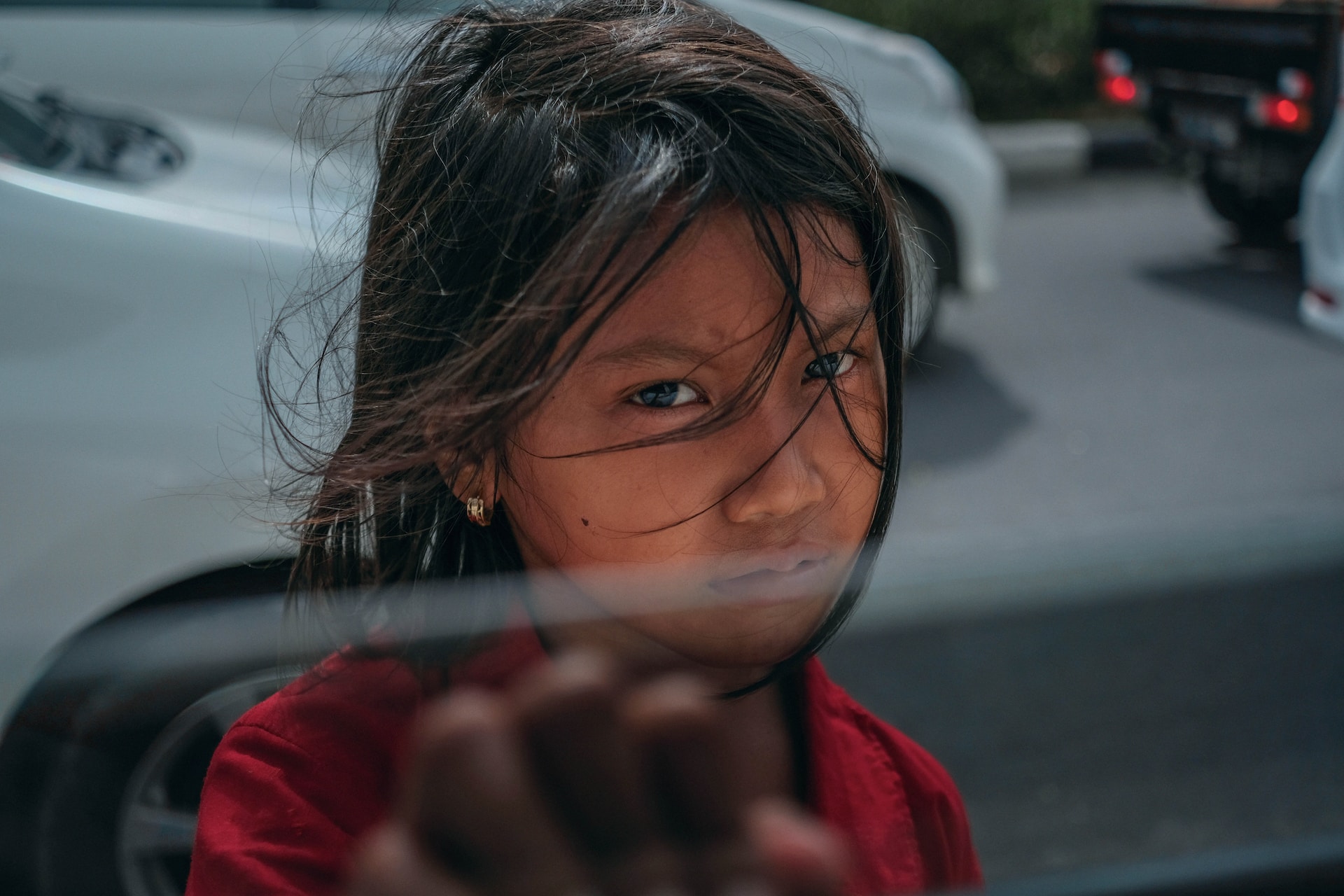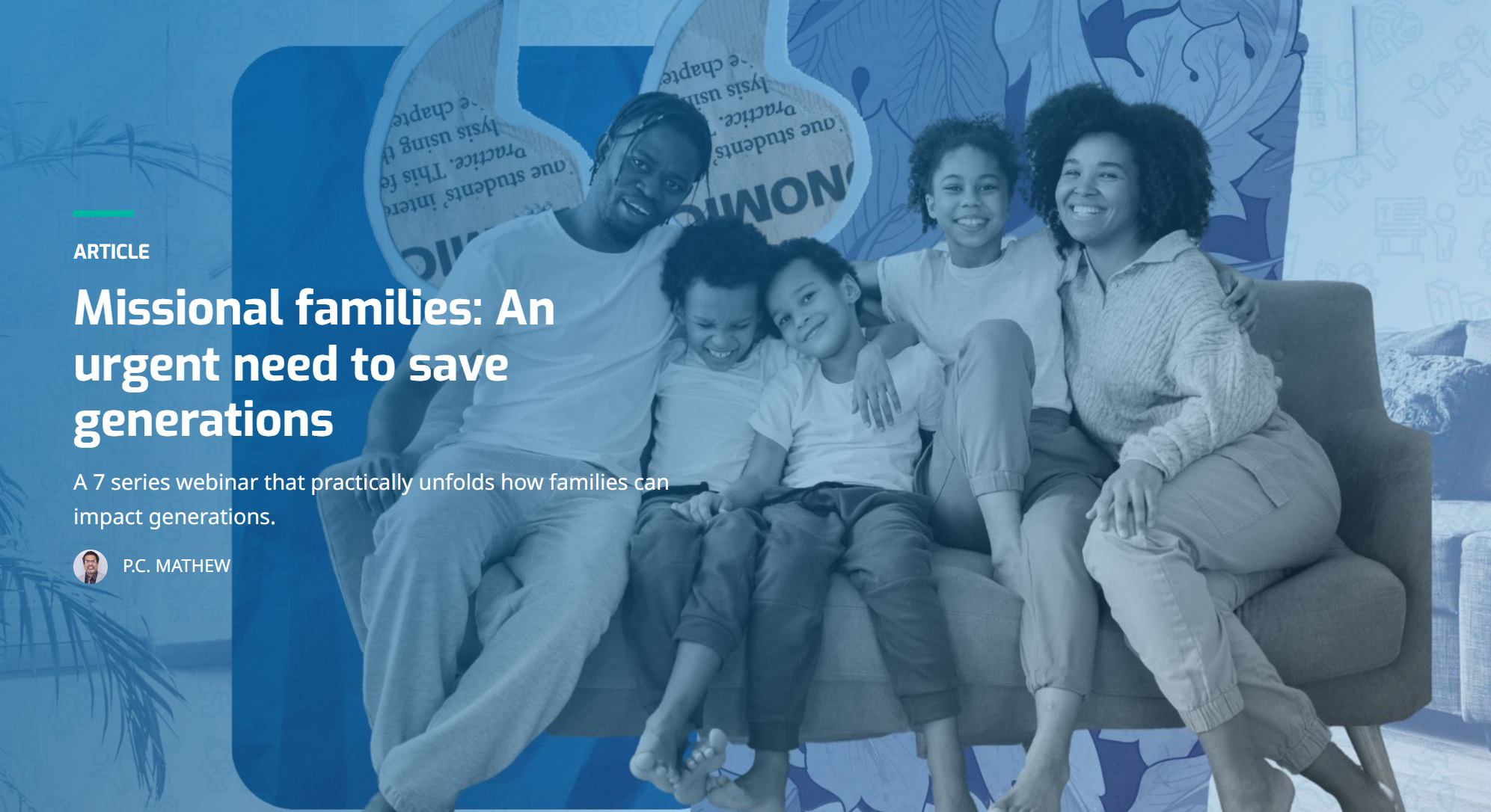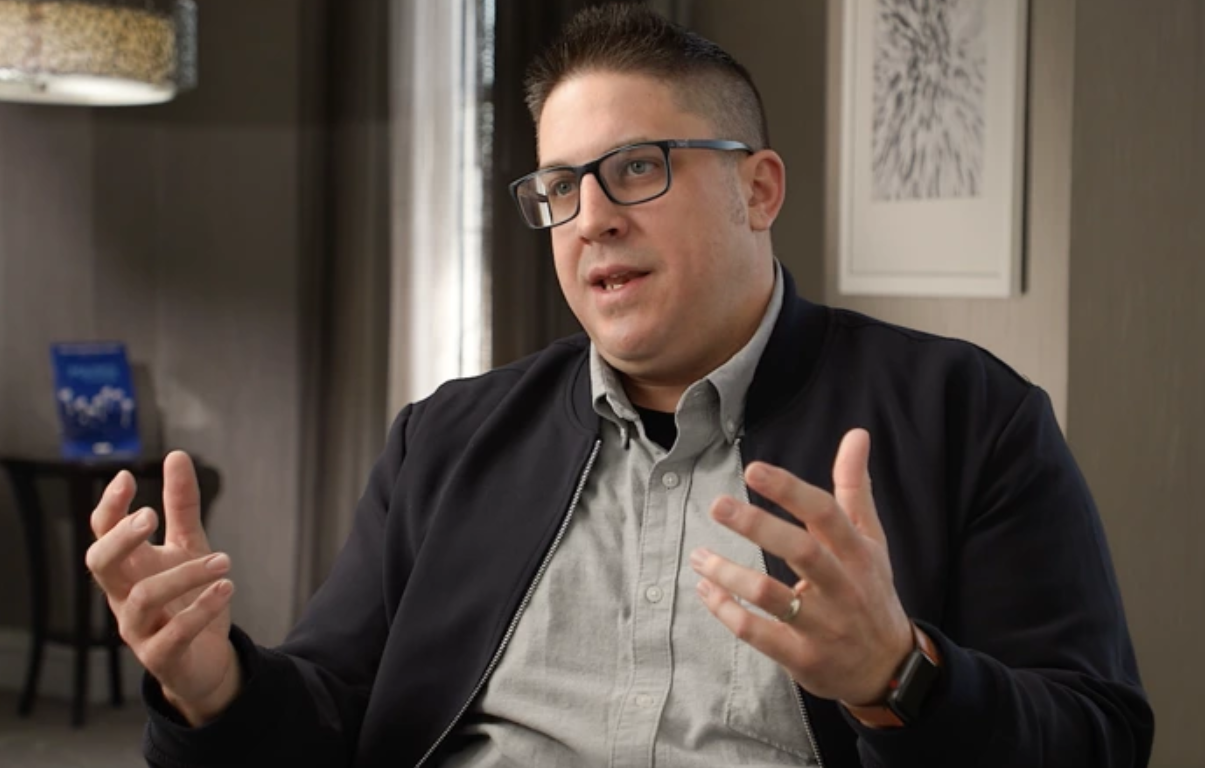The movie “Sound of Freedom” struck a chord with American audiences this summer — and not necessarily a comfortable one. The movie discusses a horrifying concept: child trafficking.
But human trafficking is only one form of child sexual abuse. Taken together with other forms of abuse, Child Protective Services reports around 60,000 cases of child sexual abuse per year — meaning that one child is abused every nine minutes. And that’s just reported abuse. In 2017, a study showed that nearly one in 10 kids are sexually abused, and nearly 1/3 of these children reported they were abused under the age of 12. Furthermore, if we cross-compare the data known about child sexual abuse with the data known about human trafficking, the Polaris Project reports there were likely 16,554 victims of human trafficking in 2021, and more than 28% of the victims were children with another 64% being “age unknown.”
But why widen the net? Why discuss human trafficking as a component of child sexual abuse? Because the same protections that can keep would-be offenders out of a school classroom can also signify which organizations are safe for children, and which are not.
For child abuse to occur, three factors must be in place: a would-be offender, a potential victim, and the lack of a capable guardian. The “Sound of Freedom” paints an excellent picture of would-be offenders and potential victims, but what about capable guardians? Intuitively, this should be parents, teachers, and anyone playing a role in the child’s life, but it can also be the organization itself.
So how can an organization become a capable guardian? There are three main bulwarks against abuse: staffing and screening, training and facilities, and reporting and response. Parents can identify whether these bulwarks are present in an organization. If they are missing, then the organization is probably not safe for children, no matter the reason it has not taken the time to implement these protective measures.
If parents want to protect their children, they should inquire about these systems. But what should they ask? To begin with, no child safety policy is going to be universal. An organization’s specific needs change depending on the location and what the organization is doing. But broadly speaking, parents can ask about the following:
Staffing and screening:
- Ask about who does the screening, and about their qualifications.
- Be sure the facility is using criminal background checks.
- Ask what other methods they use to check on employees. Are they checking references?
- Ask about their interview process. What are they doing to identify red flags during the interview?
- Is there a standardized application? Does the application ask about disqualifying offenses? These may be criminal, ethical, or in some cases moral.
- Are there waiting periods? Do they recheck their employees periodically?
Training and Facilities:
- Who is trained? Is it just the employees? What about volunteers? Is training available for parents?
- How is the training documented? Is the training kept up to date?
- How does the organization control physical access to restrooms, classrooms, or common areas?
- How does the organization supervise children? At the very least they should implement a “rule of 2,” where no adult is ever alone with children who are not their close relatives.
- How does the organization manage communication and accountability?
- Are there general conduct guidelines?
Reporting and responses:
- Does the organization have a crisis response plan or a crisis response person?
- Should there ever be an allegation of abuse, does the organization know how to put in place a safety plan?
- What kind of misconduct can trigger an investigation?
- What are the policies surrounding investigation and administrative leave? (Often the organizations will simply plan to hand allegations over to qualified professionals, but they should still have firmly defined who those professionals will be.)
- Should there be abuse allegations, does the organization have a plan for ongoing care for potential victims?
These questions are not comfortable. And they’re not going to have single, simple answers. But these are the things that qualified childcare leadership must consider. (For more information, organizations can visit ecap.net or teliosteaches.thinkific.com.) Simply having these answers is not enough to stop abuse, and it’s not enough to stop human trafficking. But asking the right questions can help parents identify whether an organization has their child’s best interest at heart.
Nicole Mulkey is the Marketing Assistant and assists with public relations and communications for Telios Law and Telios Teaches.
By Nicole Mulkey, Op-ed contributor
Originally published on The Christian Post
(c) The Christian Post, used with permission




